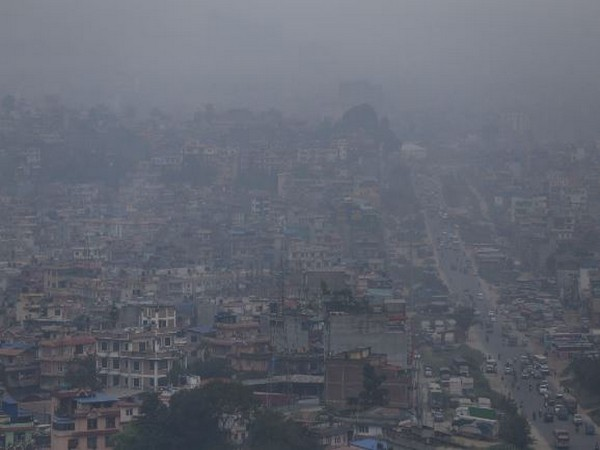
Kathmandu, the capital of Nepal, is currently enveloped in a thick haze of pollution, prompting concerns among residents. Ram Gurung, a local, shared his struggles with the deteriorating air quality, stating, “Just three days ago, Kathmandu looked cleaner, but now I am facing issues due to the rising pollution levels.” He noted that he has experienced shortness of breath and burning eyes, exacerbated by the unhealthy air.
As of 1 PM (Nepal time), the air quality index (AQI) in Kathmandu reached 151, indicating unhealthy air conditions according to the US Embassy’s pollution monitoring station. Another station in Phora Durbar, Lalitpur, recorded an even higher AQI of 169, further indicating hazardous air quality.
Air pollution in Nepal has escalated into a significant environmental and public health crisis, with levels nearly 4.9 times greater than the World Health Organization’s (WHO) recommended limits. This decline in air quality poses serious health risks to hundreds of thousands of Nepalese and has been identified by the WHO as a leading cause of death and disability in the country.
The worsening air conditions have become a pressing public health issue, contributing to increased morbidity and mortality rates and placing a strain on the nation’s economy due to lost productivity and heightened healthcare demands. However, there is a notable lack of data on the health impacts and economic consequences of air pollution, along with insufficient sectoral measures to address this critical environmental challenge.
The recent drop in temperatures, typical for this time of year, has contributed to the spike in pollution levels, with the Meteorological Forecasting Division attributing the situation to cold weather and north-westerly winds that have caused thick fog across the region.
